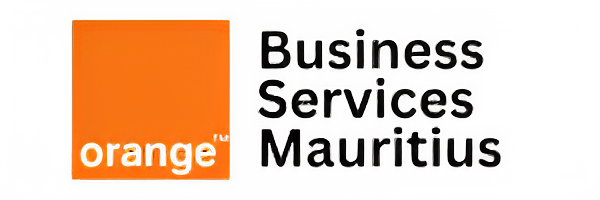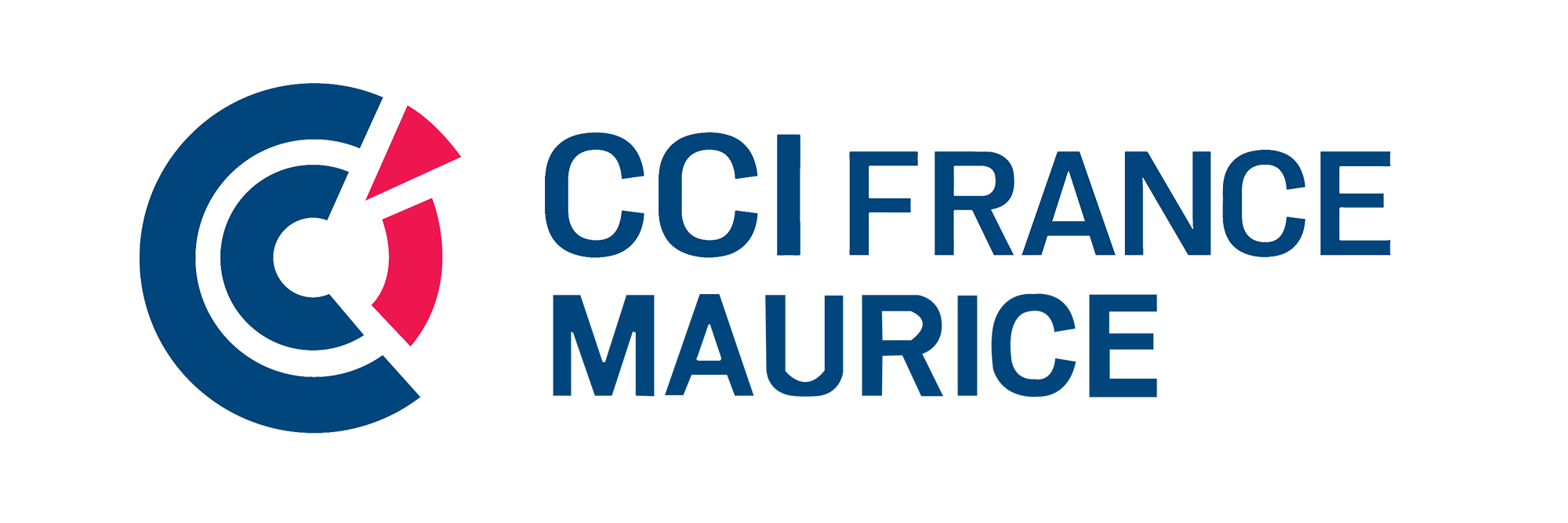Many companies rely on temporary staffing to handle short-term needs, absorb workload peaks, or test candidates before hiring. But with the globalization of work and new HR outsourcing models, one question keeps coming up: should you stick with temp staffing or switch to an EOR (Employer of Record)?
Hybrid outsourcing, which combines the flexibility of temp staffing and the stability of EOR, is emerging as a solution for organizations looking to optimize their workforce on a global scale. Temp staffing works well for short-term needs but shows its limits when it comes to compliance, retention, and managing operations across multiple markets.
EOR, on the other hand, allows companies to legally hire talent in different countries without creating a local entity, while managing payroll, compliance, and HR administration.
In this article, we’ll answer common questions in simple terms: when to choose temp staffing, when to move to EOR, what benefits hybrid outsourcing offers, and how to secure the transition.
What is temp staffing and why is it used?
Temp staffing is a short-term recruitment solution provided by specialized agencies. The client company gets access to readily available profiles without having to manage employment contracts directly.
Main advantages:
Quick response to urgent needs
Full flexibility (short contracts)
Administrative management handled by the agency
But there are limits: high costs, low engagement from temporary workers, and no long-term planning. 👉 In other words, temp staffing is ideal for short-term needs but not always suitable for securing sustainable growth.
What is an EOR (Employer of Record) and what is it for?
An EOR (Employer of Record) is a service provider that legally employs a worker on behalf of a client company, often in another country. The EOR manages the contract, payroll, tax and social compliance, while the company directs the employee’s day-to-day work.
In practice, an EOR allows you to:
Hire international talent without setting up a subsidiary
Ensure local compliance (labor law, taxation, social protection)
Simplify HR management and reduce legal risks
👉 EOR turns a temporary relationship into a stable, secure HR partnership while keeping flexibility.
When to move from temp staffing to EOR?
The switch makes sense in several cases:
When temporary needs become recurring
When the company wants to retain strategic talent
To hire in another country without a local entity
When reducing costs linked to staffing agencies becomes necessary
Example: A French e-commerce company using temps for logistics decides to move its IT roles in Africa to EOR. Result: 25% cost reduction and better talent retention.
What are the advantages of hybrid outsourcing?
Hybrid outsourcing combines the best of both worlds:
Temp staffing for flexibility and speed
EOR for stability, compliance, and retention
Measurable benefits:
Easier international deployment
HR management cost reductions of up to 30% (source: Deloitte 2023)
Higher employee engagement through more stable contracts
Less time wasted on admin thanks to full delegation
👉 This hybrid model lets companies adapt their HR strategy to local contexts and specific project needs.
What risks should be avoided in the temp → EOR transition?
The main risk is poor timing for example, moving too early on roles that should remain temporary. Other points to watch out for:
Over-dependence on a single provider
Lack of internal communication about status changes
Choosing an EOR without strong local expertise
To secure the transition, it’s recommended to:
Identify strategic roles to stabilize via EOR
Keep temp staffing for short-term missions
Select a trusted EOR with proven multi-country compliance
How to choose between temp staffing, EOR, or hybrid?
The right approach depends on your goals:
Need immediate flexibility? Temp staffing remains the best solution.
Looking to hire long-term internationally? EOR is the way forward.
Want both agility and stability? Go for a hybrid model.
👉 A PwC study (2022) shows that 40% of international companies have already adopted a mix of temp staffing and EOR to optimize their workforce.
Hybrid outsourcing doesn’t oppose temp staffing and EOR it complements them. Temp staffing remains an effective solution to absorb workload peaks, but EOR provides legal security and sustainable talent retention, especially at the international level.
Switching from temp staffing to EOR becomes relevant when short-term needs turn into strategic, recurring requirements. This hybrid model, already adopted by many companies, helps combine flexibility, compliance, and cost optimization.
👉 If you want to structure your workforce while maintaining operational agility, it’s time to consider EOR as a strategic lever in your organization.














